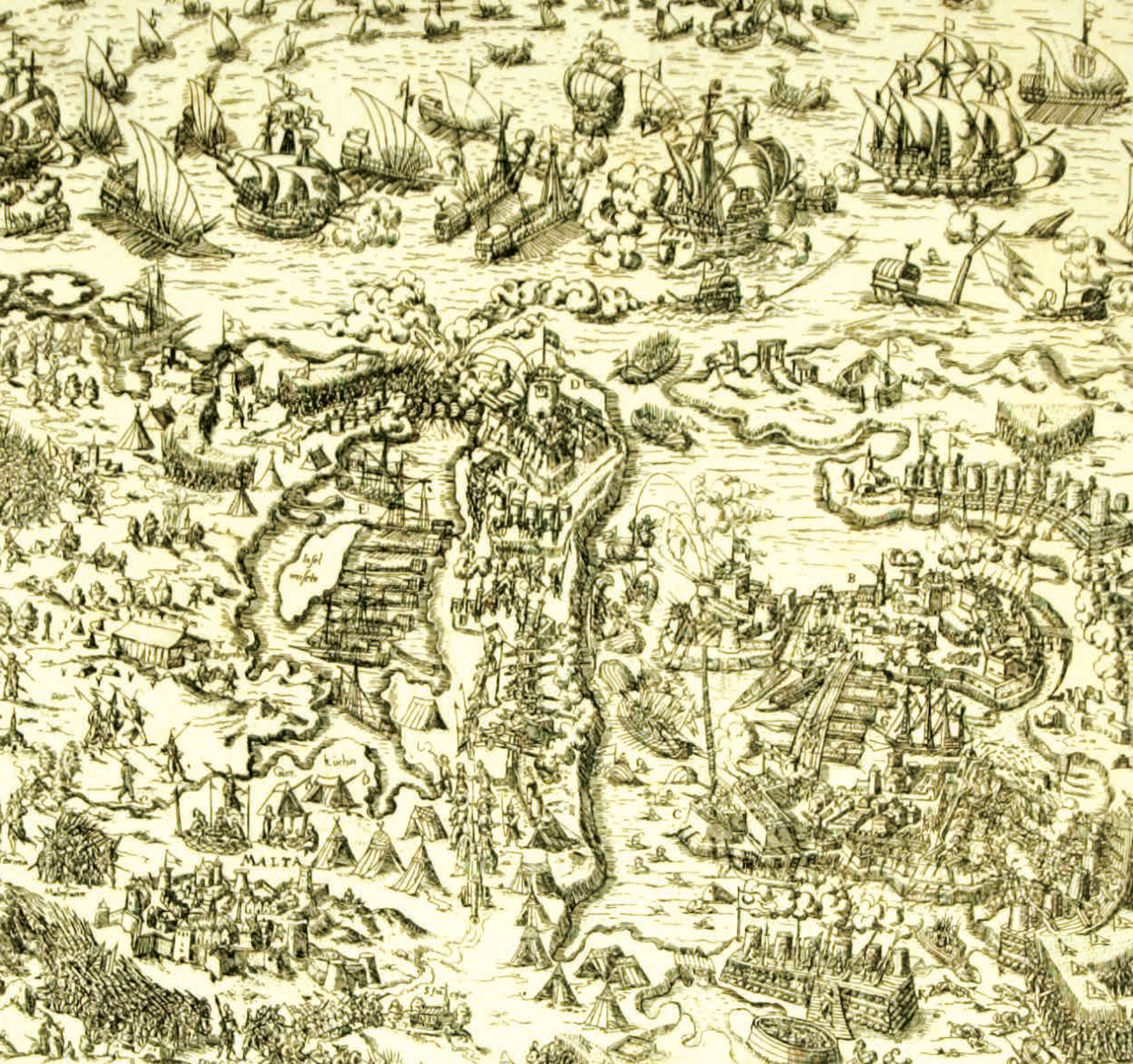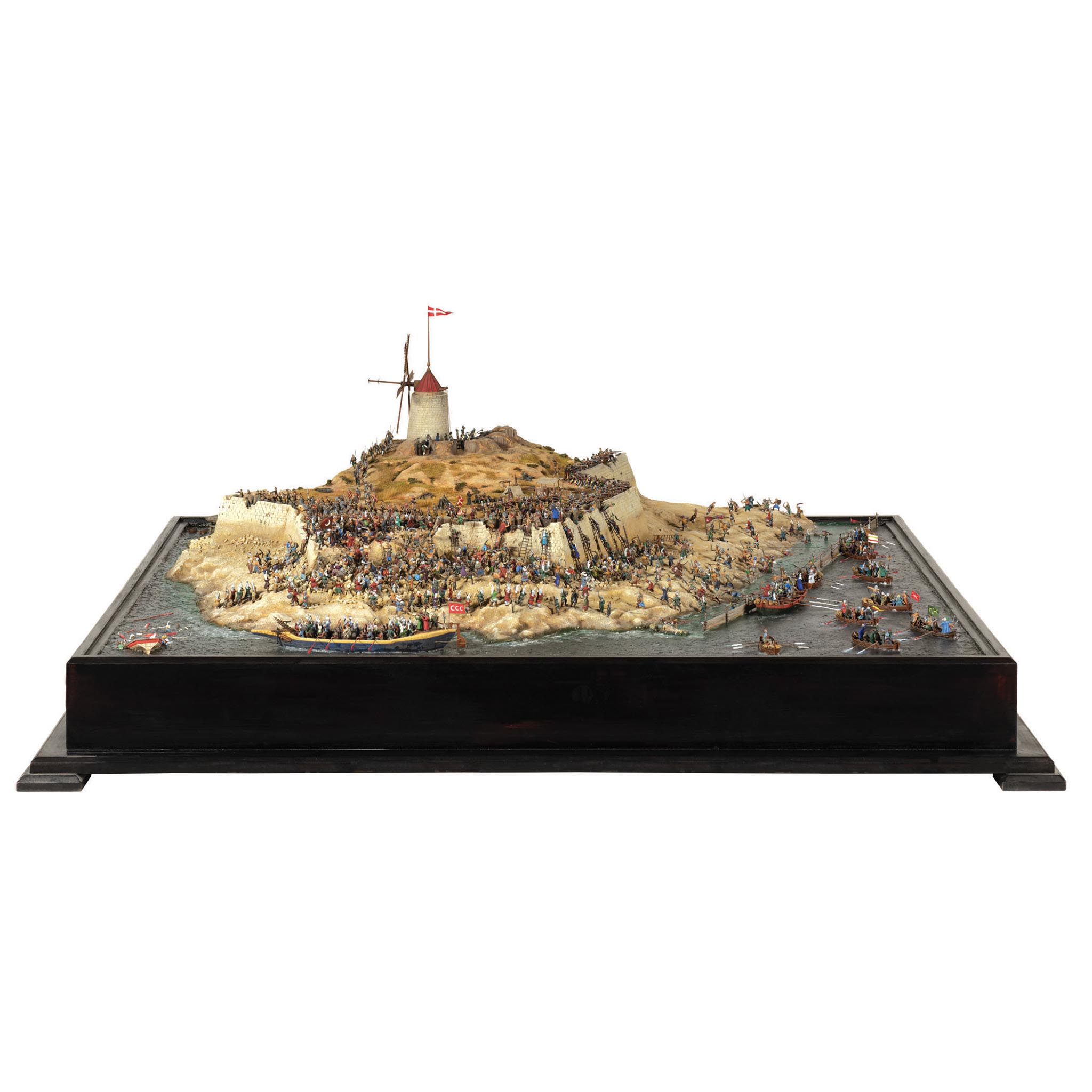An island at a crossroads will eventually become involved in major conflict, and in the 16th century, during the struggle between the two rival powers from the Western and Eastern ends of the Mediterranean, the Spanish Empire faced off against the Ottoman Empire. Aside from being a religious war, this conflict was also a struggle for control of Mediterranean trade routes. During this time, Malta belonged to the King of Spain and was ruled over by the Order of St John, which together with the Maltese, spearheaded corsairing activities to plunder Ottoman trade. After capturing several important merchant vessels, Suleiman the Magnificent had had enough and decided to launch an invasion of Malta. Although seizing the island was the primary objective, getting rid of the Order of St John provided an extra incentive.
‘Rien n’est plus connu que le siège de Malte’ (Voltaire, 18c)
Nothing, according to Voltaire, is as well-known as the siege of Malta.
A strategic siege of such significance meant that Spain could not afford to lose the island. The Great Siege and the Hospitallers’ triumph immediately gave Malta international recognition and a place on the map. The event sparked interest among travellers from the rest of Europe and led to representation in arts and literature.
One of these accounts was written by the Italian arquebusier Francisco Balbi di Correggio, who had survived the Siege, and which served as the inspiration for this diorama interpretation about the amphibious assault against the Spur of Senglea, which occurred on 15 July 1565 and which was conducted by the elite Janissary corps and North African troops.






